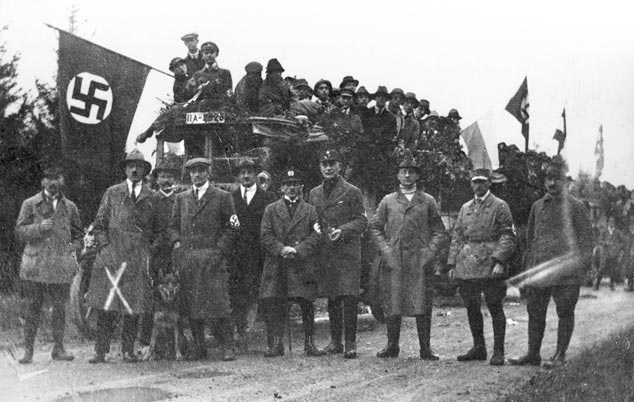
Germany after the First World War. The monarchy is at an end. In Weimar, the country adopts a new constitution. But the young republic stands on shaky ground. Germans have grown up under the Kaiser's rule, and many reject democracy, which they associate with military defeat and the humiliations of the enforced peace treaty of Versailles. Consequences of the war – chaos, hunger, immense state debt and increasingly breathtaking devaluation of the currency – are blamed not on the failed empire, but on the democratic parties.
Until 1923, Germany is under the "dictatorship of the street": conditions close to civil war threaten the country with collapse. Revolutions and revolts from right and left almost always lead to the imposition of martial law. Leading politicians fall victim to assassins. Even later, violence and demonstrations by uniformed associations are still a political fact of life.
Only from 1924 to 1929 – a phase of political and economic stabilization – does the Republic appear to flourish.
But the rising worldwide economic crisis does not spare Germany. Soon more than six million workers are jobless, and with no adequate support from any social safety net. Inflamed by frequent successive election campaigns, political life becomes radicalized. And in 1933, the Republic finally falls.
This is the setting that saw the rise of the National Socialist German Workers' Party, and of a man who had come to Germany from Austria in 1913 – Adolf Hitler.
Continue reading: "The Nazis seize power"
Back to the overview page "The beginnings of the Nazi dictatorship"



